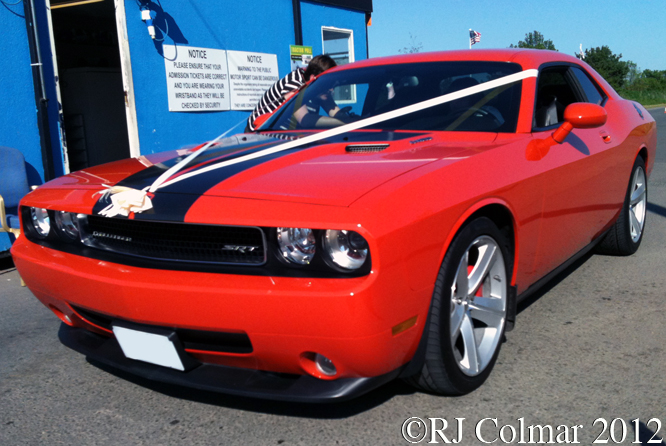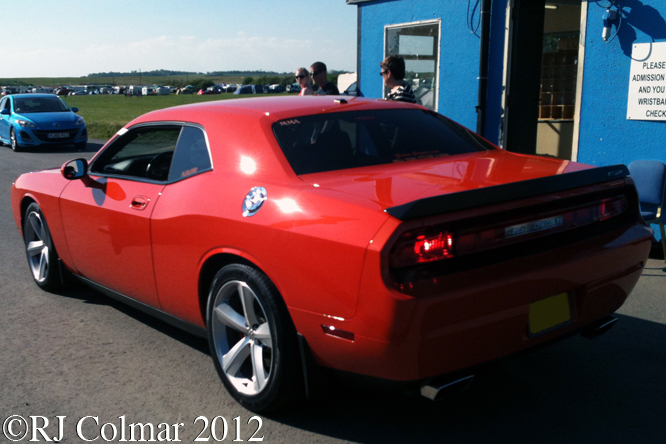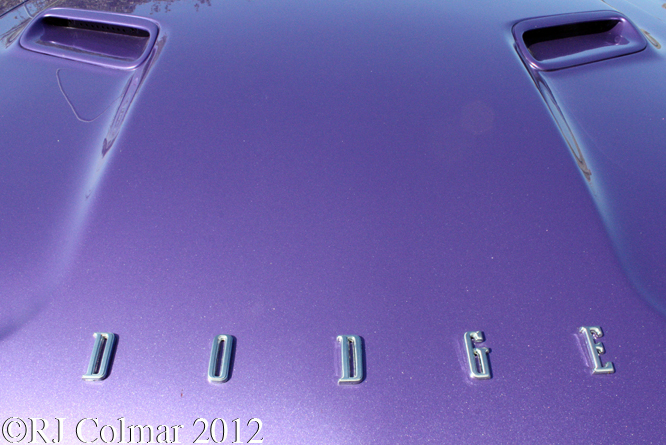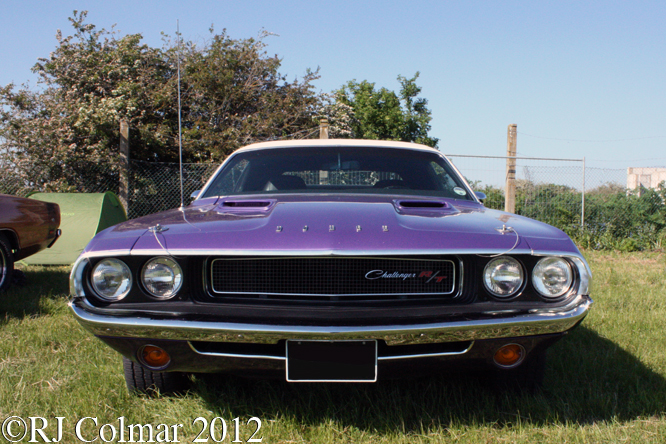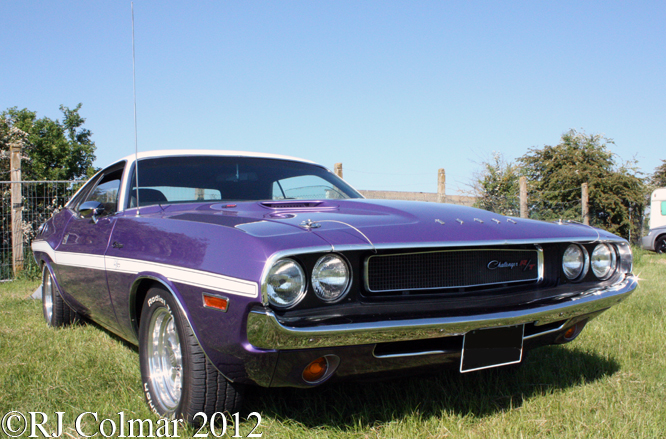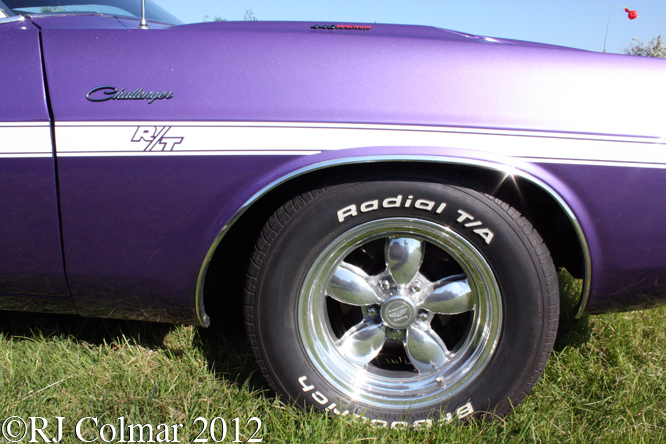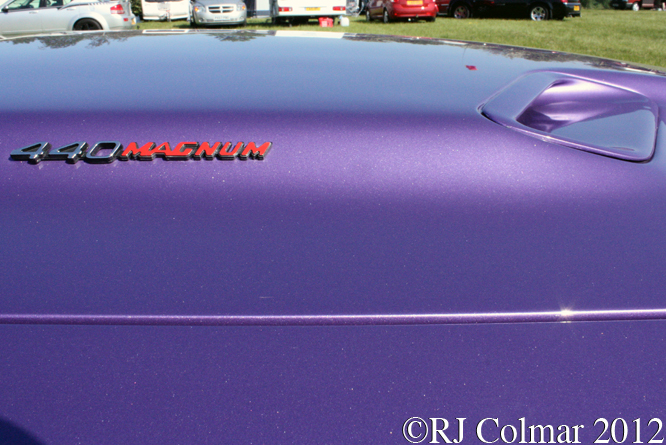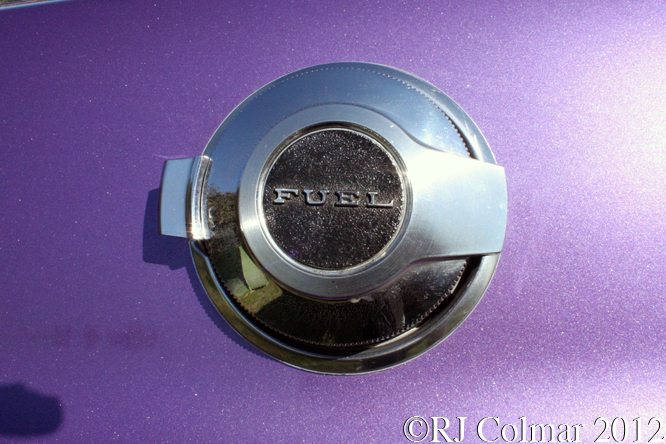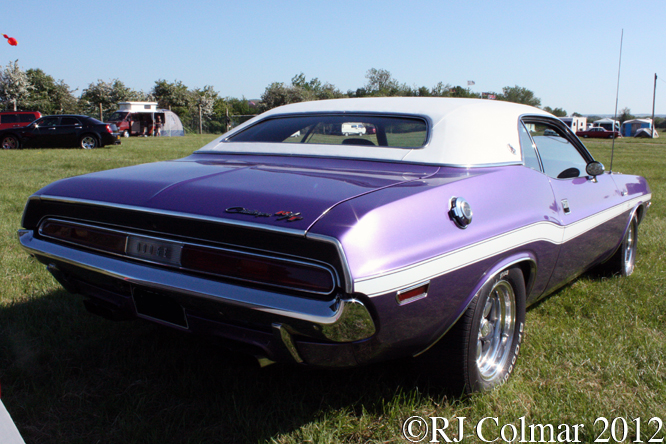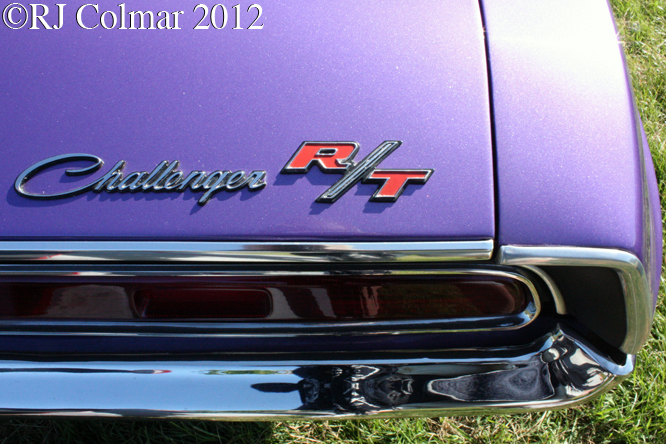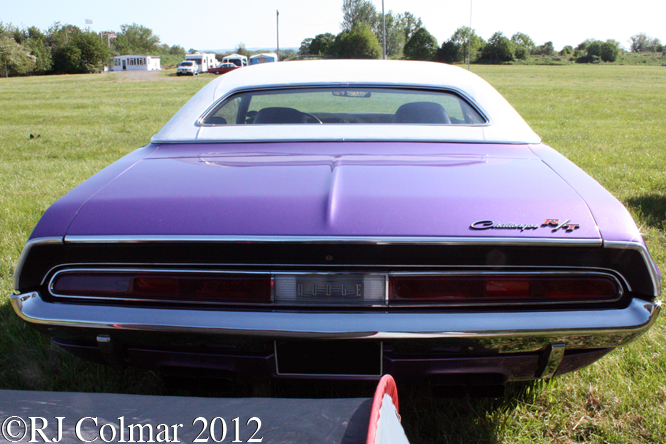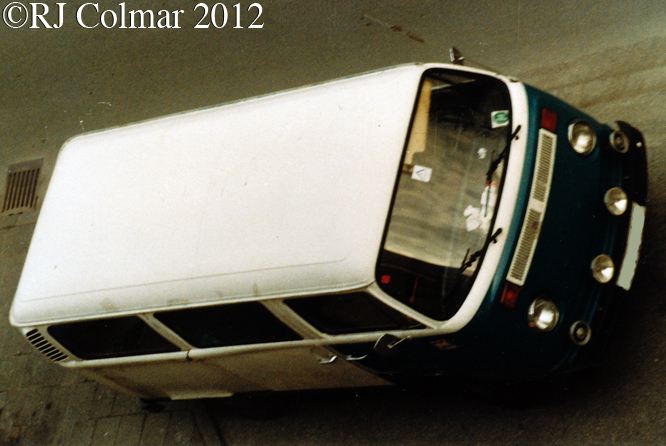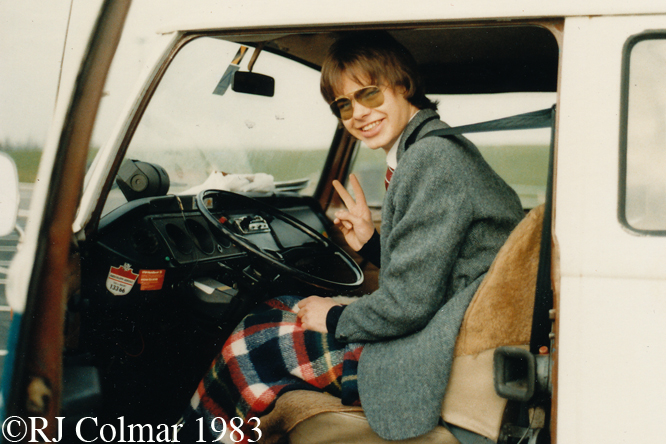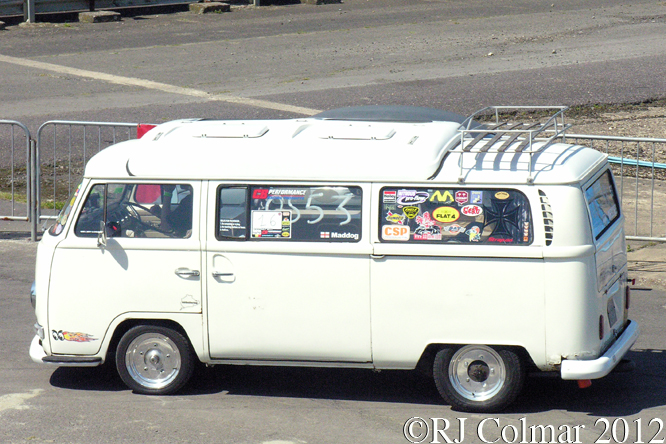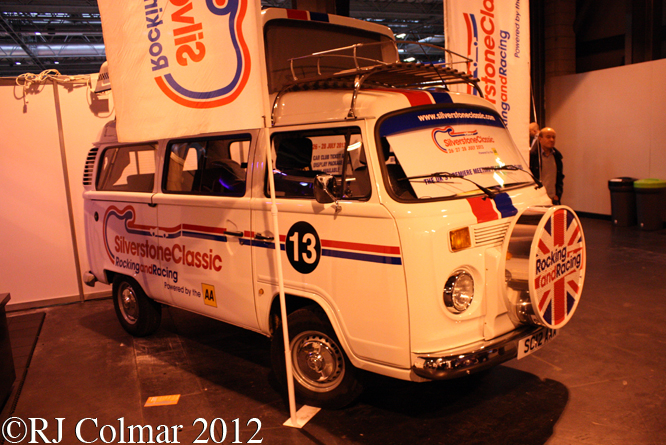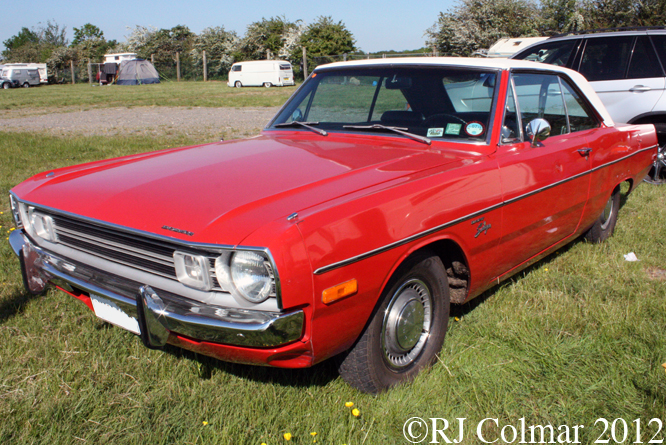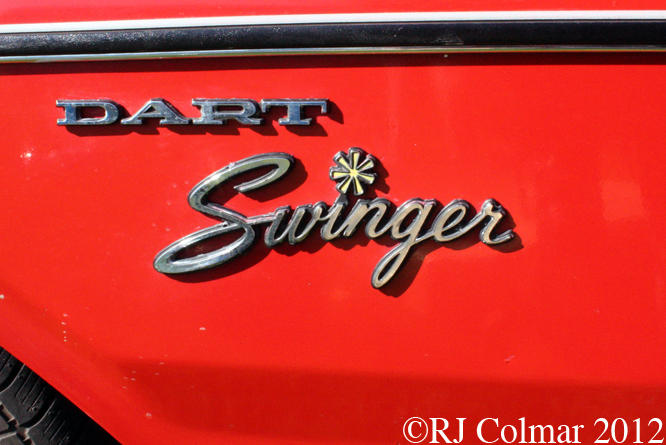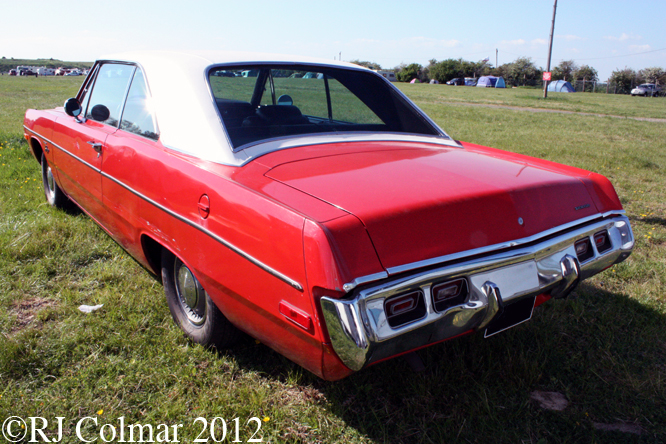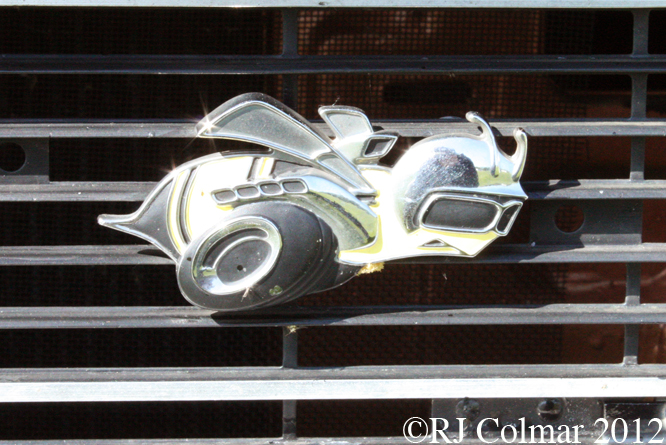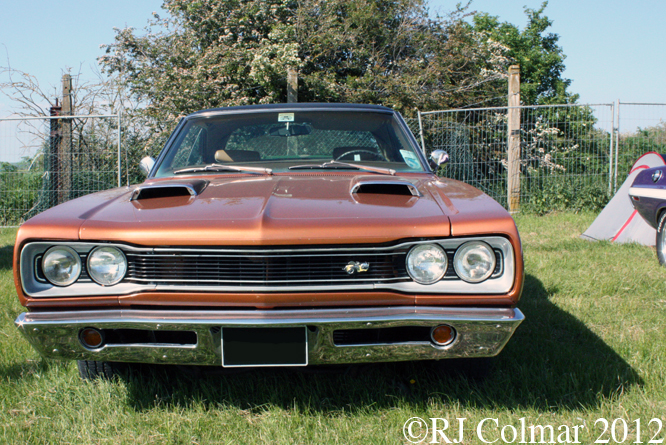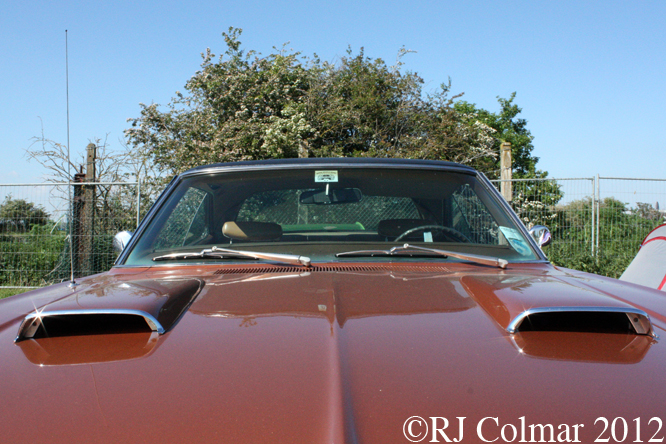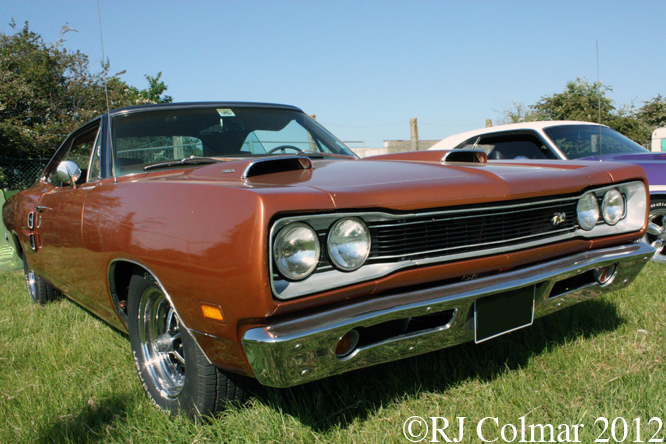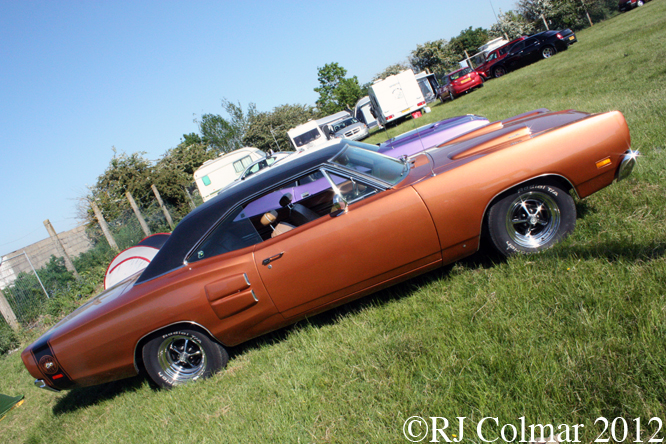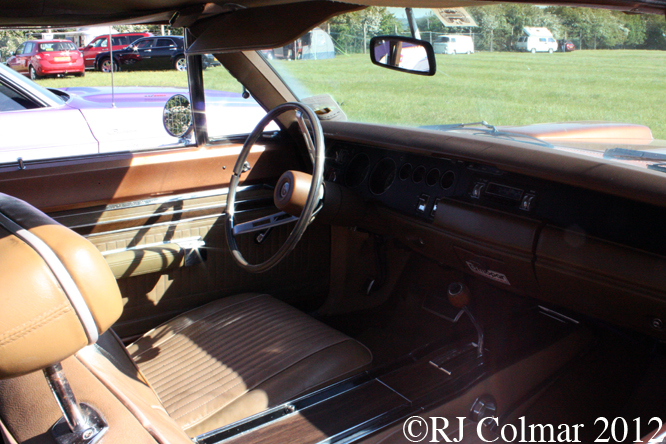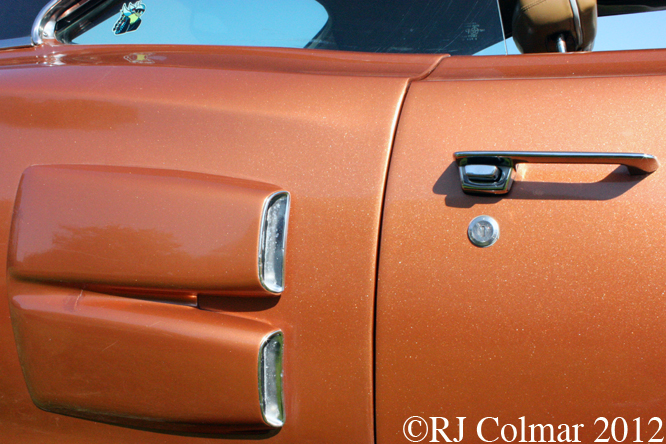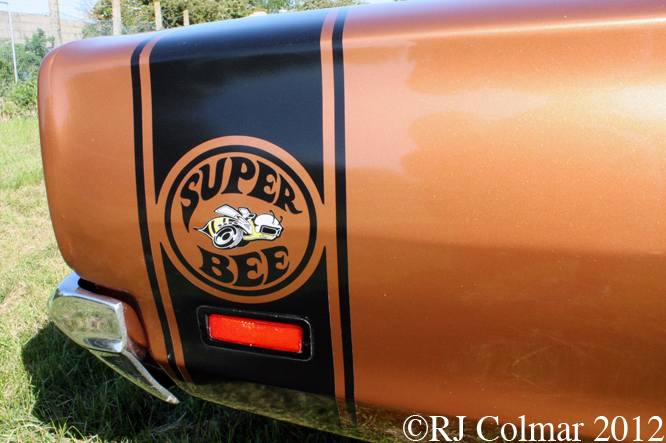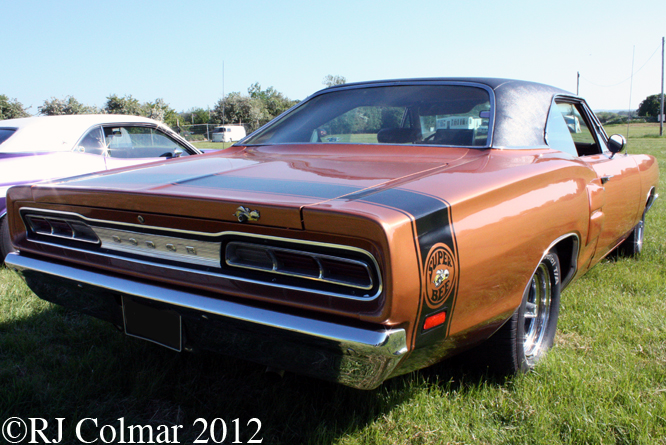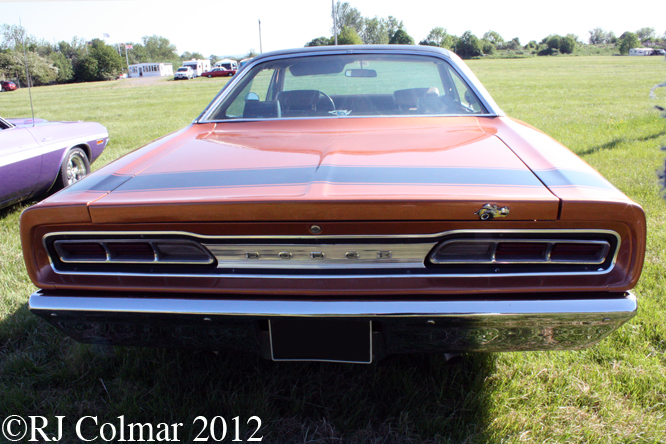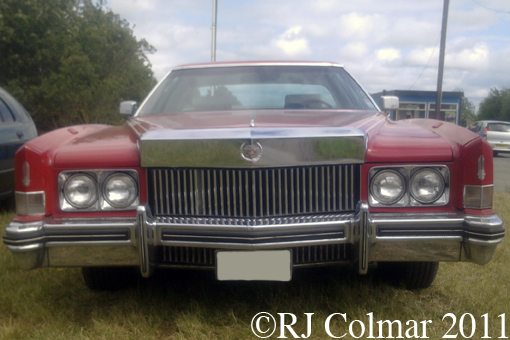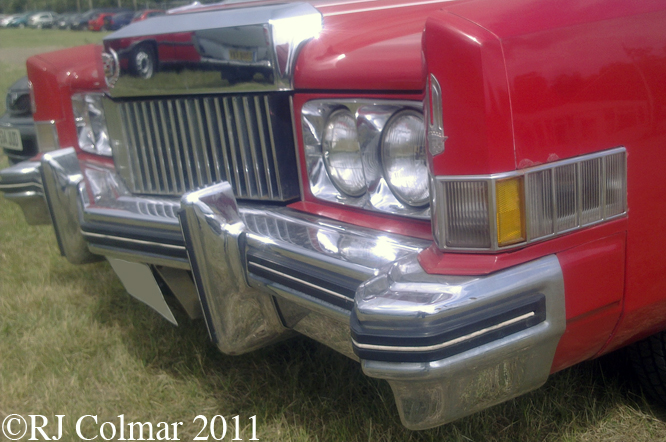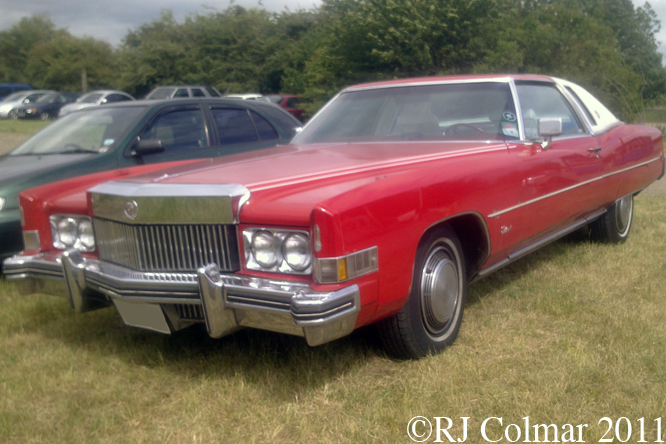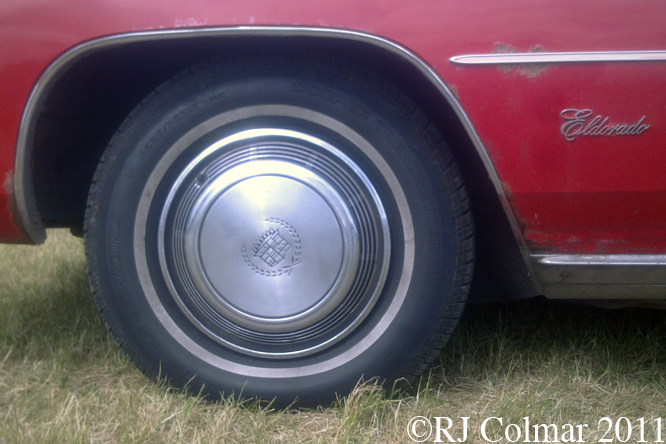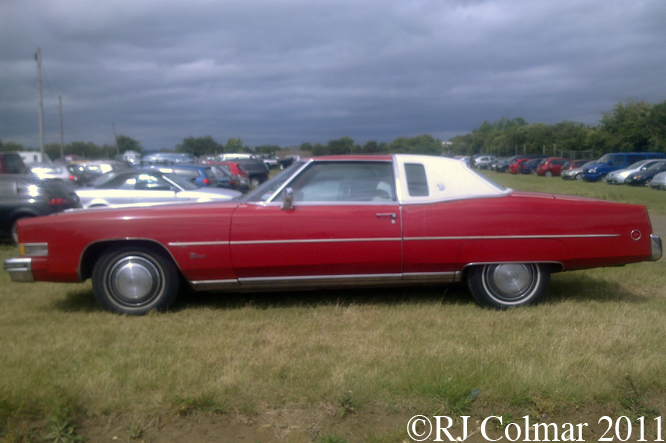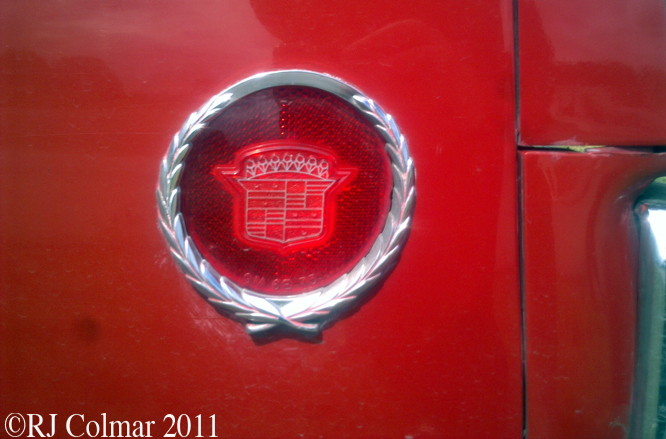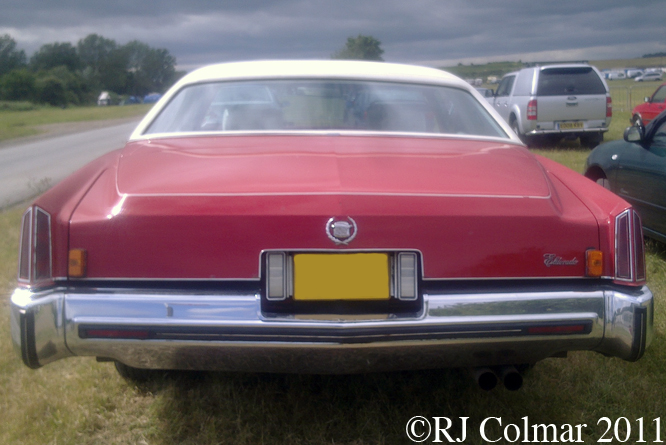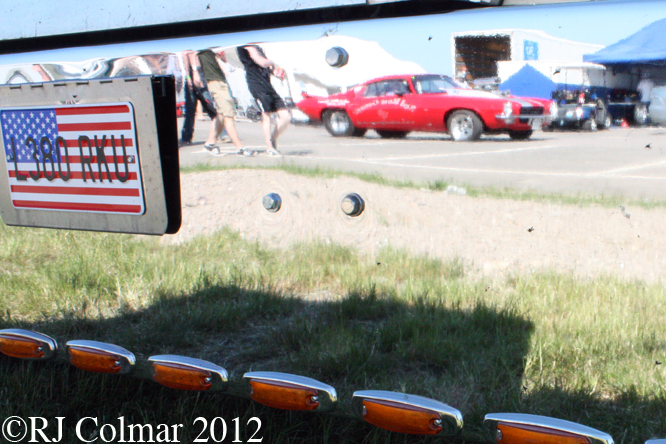
The day before Memorial day I attended the Yanks and Gary’s 34th Picnic at Shakespeare County Raceway for an afternoons two timing entertainment.
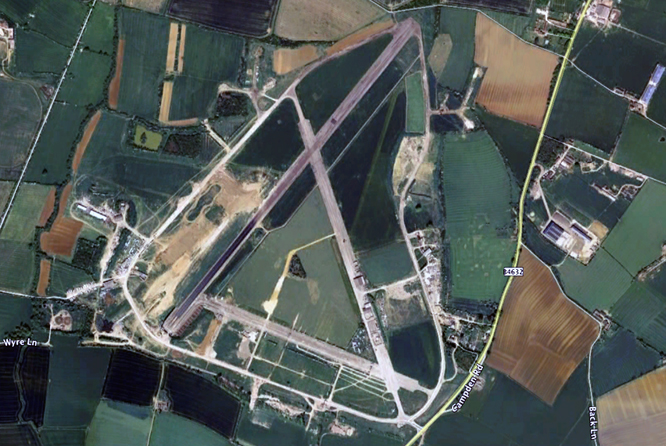
Situated just outside the Shakespeare central known in the tourists guides as Stratford-upon-Avon Shakespeare County Raceway is built on the site of Long Marston Airfield which served as a Wellington Bomber base during the 1939/45 war.
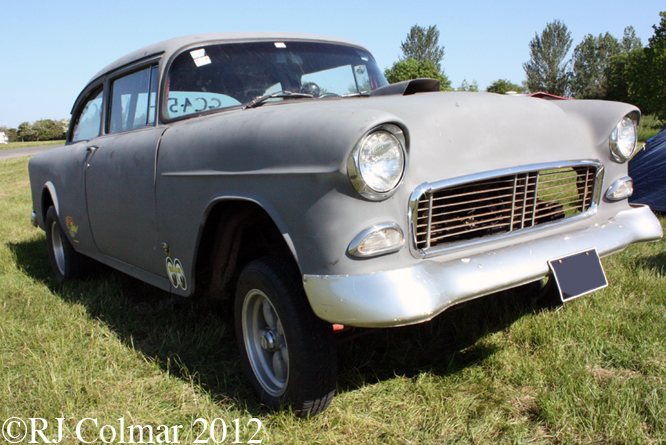
Looking like it had just come off the set of “Two Lane Blacktop” was this 1955 Chevrolet Bel Air. The crew running it told me the 7.4 litre / 451 cui V8 was “misfiring all over the place”, a possible victim of cavitation in the fuel system thanks to the phenomenal weather we were experiencing.
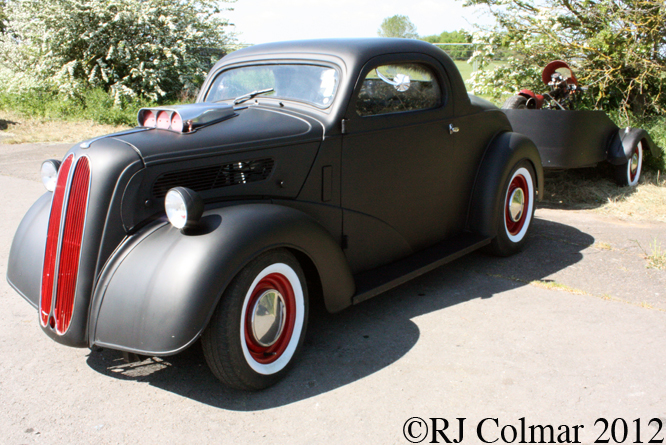
A strong contingent of European based vehicles were present at the “Yanks and Gary’s 34th Picnic event including this first generation 103E Ford Popular Coupé rig powered by a 5.7 litre / 347 cui V8. The Popular was a post ’39/’45 war austerity vehicle that was only ever offered as a saloon / sedan.
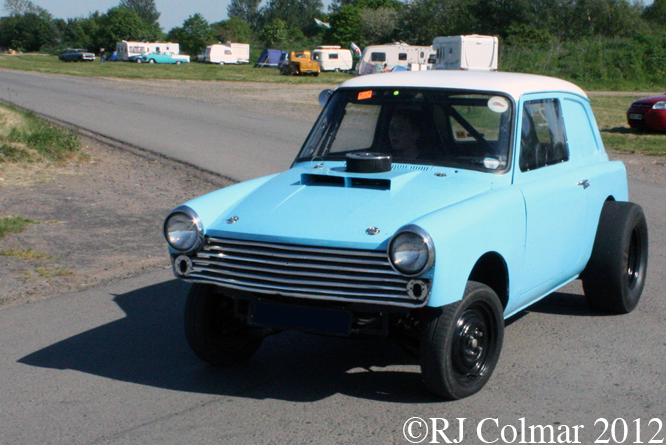
There were not many cars present at Shakespeare County Raceway that could boast Farina styling, but this 1098 cc / 67 cui Austin A40 Countryman van was one of them.
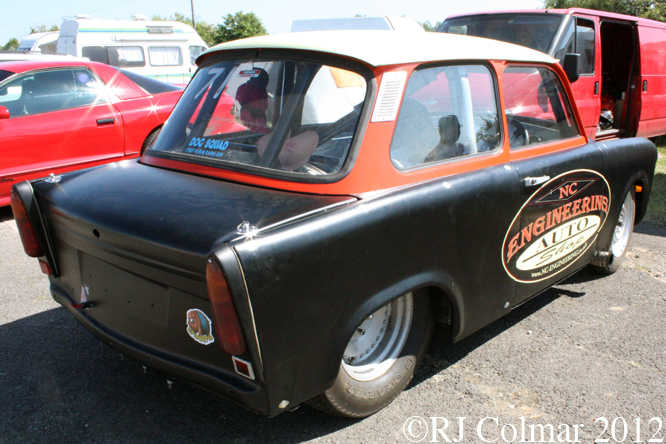
Another novelty vehicle was the NC Engineering Ford V8 powered Trabant that was being given it’s first run after it’s former Cadillac motor had been replaced. interestingly everybody who was involved in the preparation of this vehicle has been invited to to drive it in competition.
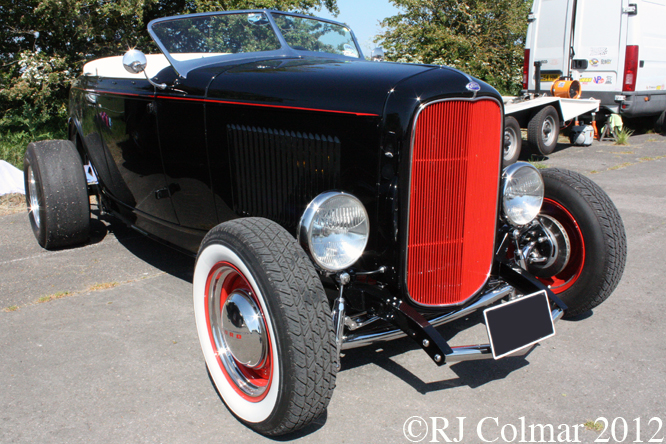
Among the fabulous US vehicles running at the event was this 1932 High Boy “Roadster” which like the Popular Coupé is powered by a 5.7 litre / 347 cui V8. This car reminded me of Leonard Williams High Boy Roadster before it became the worlds first privately owned Gas Turbine Car.
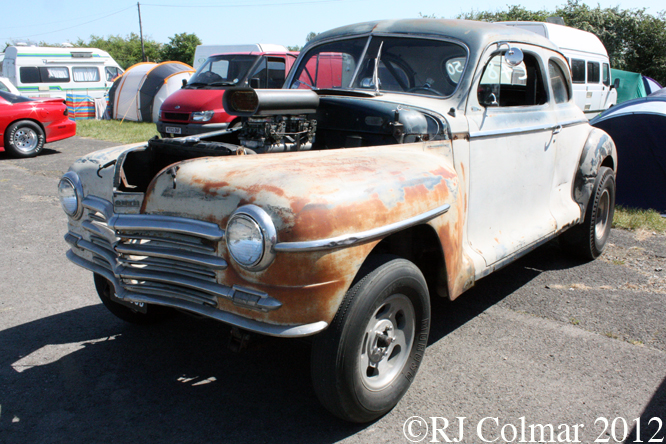
From the plethora of vehicles bearing original patina was this 1948 Plymouth Special De Luxe Coupé complete with a 5.2 litre / 317 cui V8.
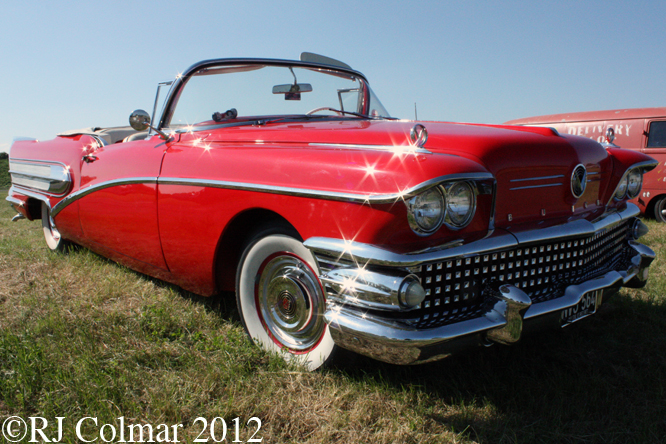
My undoubted “Star of the Car Park” was this 1958 Buick Special Convertible which looked, as did several other cars present, like it had just come off the golf course at a Pebble Beach Concours d’Elegance.
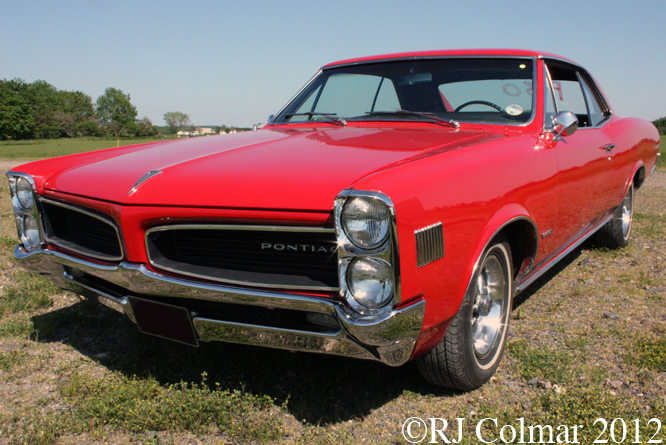
Sporting a top of the Le Mans range 5.7 litre / 350 cui motor was this Pontiac, like many competitors present the driver was wielding his own spanners to keep this fine looking car in a top state of tune.
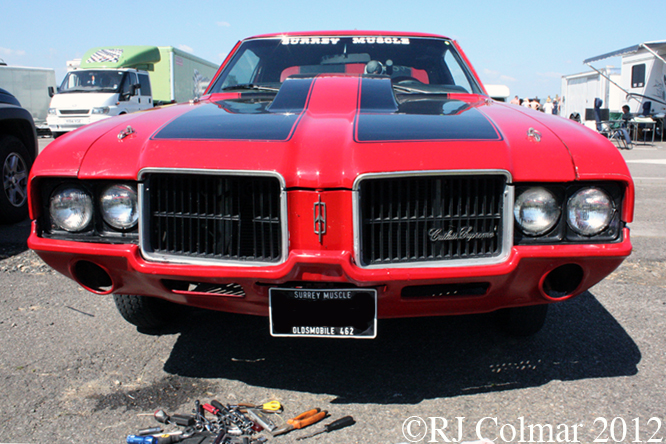
I did not know it when I took this photo but going on the engine size of 7457 cc / 455 cui this is a rare, though I am not at all sure exactly how rare Hurst Oldsmobile Cutlass Supreme. In 1972 following a fatal accident with the Indy 500 no manufacturer was keen on providing a pace car so transmission specialists Hurst stepped in with a couple of hot 455 cui Cutlass Supremes in both Coupé and Convertible forms. The 1972 pace car became well remembered after Linda Vaughan was hired to appear on the back of one of the convertibles with an outsize Hurst Shifter on the boot / trunk.
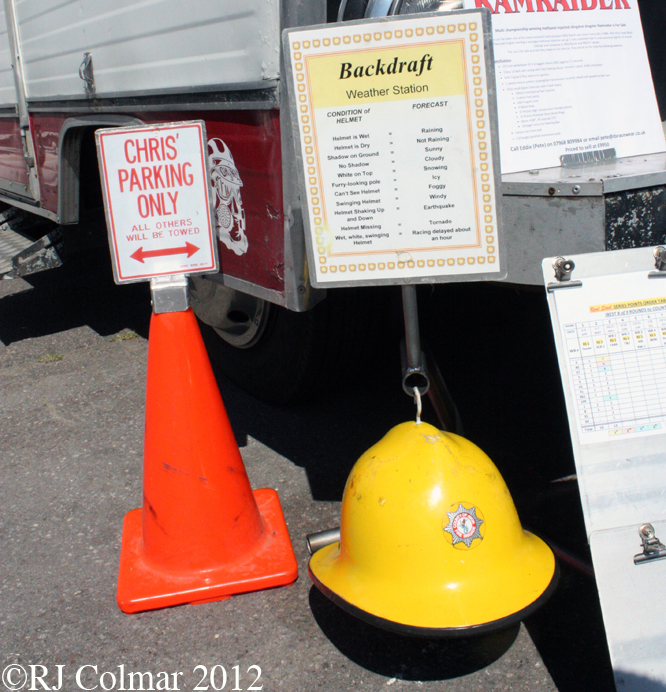
One reason I was keen to attend this meeting was to get a photo of fellow Bristol Pegasus Motor Club member Crazy Chris Hartnell pulling a wheely in his slingshot Backdraft, his weather helmet was present, dry, casting a shadow, and not shaking but just like the last time he tried this the cameraman was too slow and will have to try again next time. Chris managed two 145+ mph practice runs on the day.
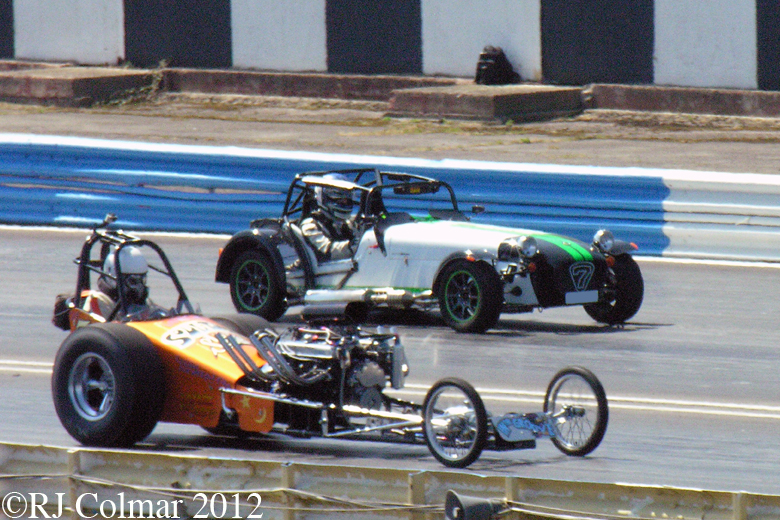
Since this was a practice day many interesting combinations of vehicles were being run, like the Caterham above which got well and truly dusted by the 425 cui Buick Nailhead powered slingshot ‘Soul Town Shaker’ driven by Keith Crampton.
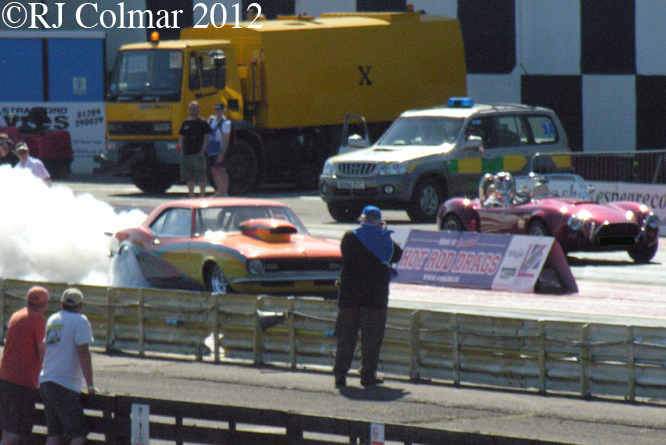
After doing a lovely burn out while being watched by the driver of the, probably Rover V8 powered, Fiero Euro 427, the seen was set for a slightly more competitive run off than the previous Caterham Slingshot combination.
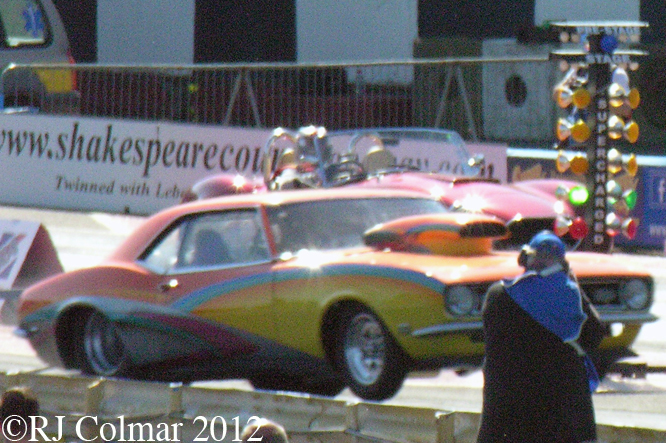
However all present were to be reminded of Shakespeare’s quote from King Lear “As Flies to wanton boys are we to th’ gods, they kill us for their sport” as soon after leaving the Fiero Euro 427 standing on the line the Camaro made a dramatic exit stage left,
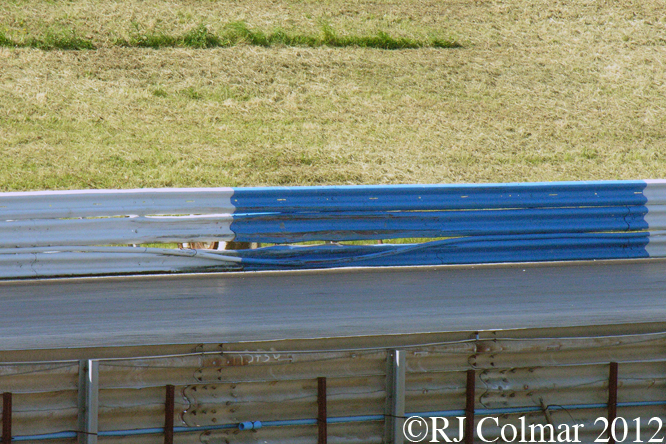
punched straight in to the guard railing …
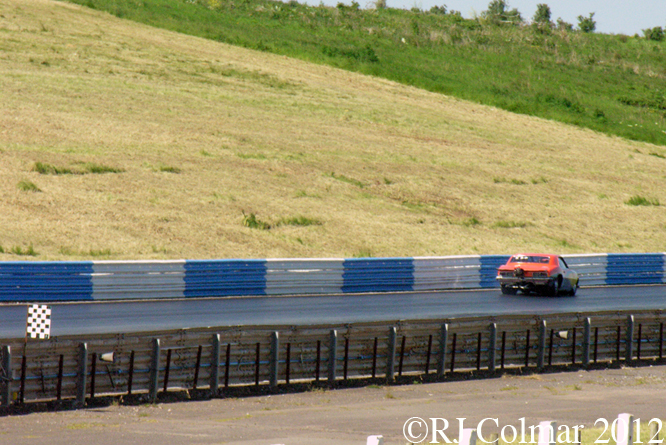
and eventually came to rest at the quarter mile mark. Fortunately “th’ gods’ who would kill us for their sport’ were in benevolent mood and after he had been released from the Camaro the driver was seen walking unaided to the ambulance for a precautionary medical.
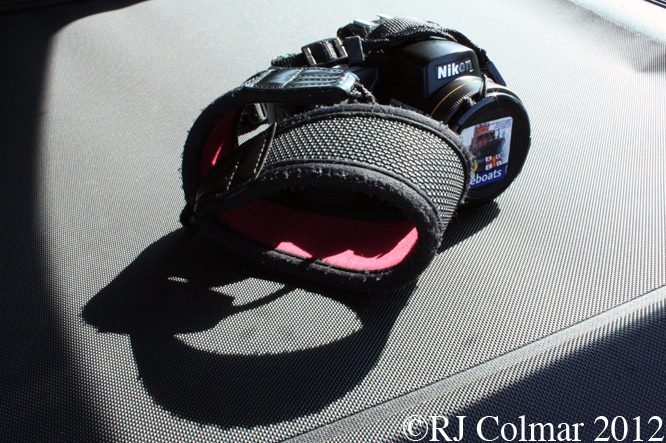
The camera gods were also smiling, after the accident I foolishly took my camera strap off to stretch out on my perch in the grandstands, waiting for confirmation that there would be no further activity on track before the curfew. When the announcement finally came I forgot that I’d taken my camera strap off got up and heard the sickening thud of my camera bouncing off the grandstand decking and into the 20 foot void beneath the grandstand and eventually hit the surface below.
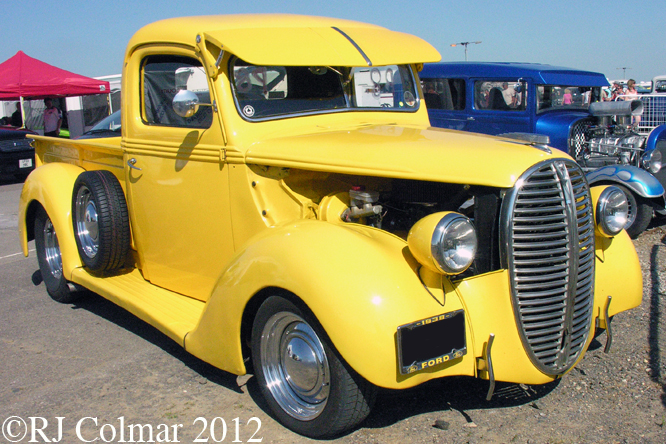
I went to survey the damage and amazingly although the battery had dropped out the camera was fine as demonstrated by the fine shot of the 1938 Ford V8 Pickup above.
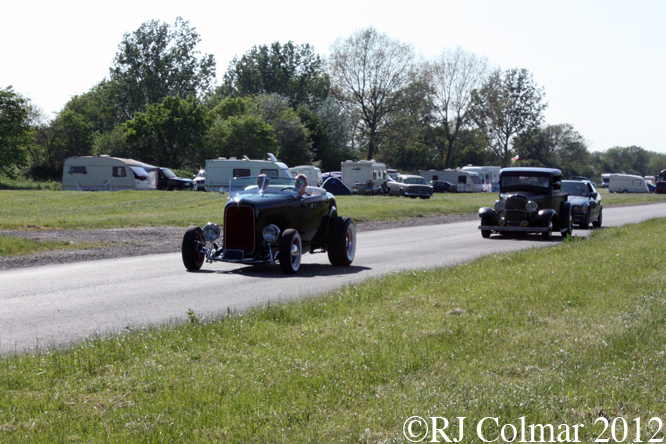
After all the excitement it was time to head home, but there was one final surprise as I left the gate …
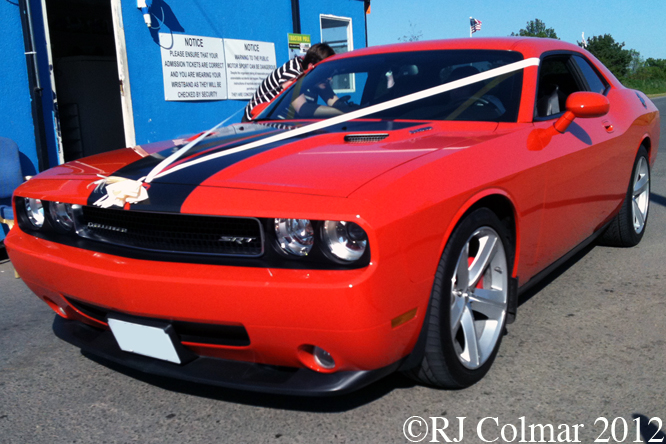
… a Dodge Challenger STR8 bedecked in wedding bands, a perfect car for a wedding.
Thanks for joining me on this “Two Timing” edition of “Gettin’ a li’l psycho on tyres” I hope you will join me again tomorrow. Don’t forget to come back now !

